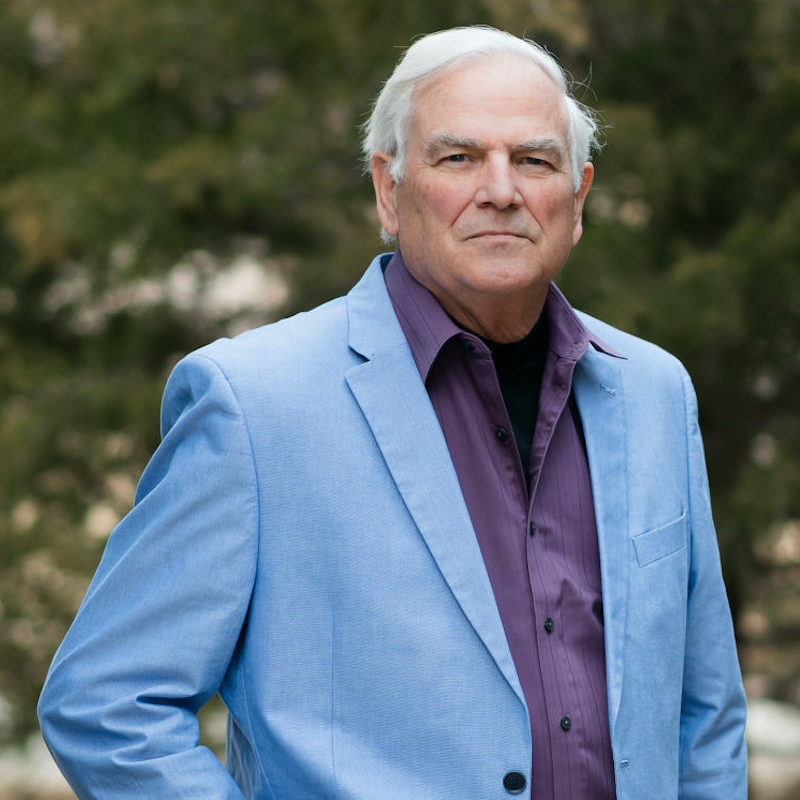In recent years, there has been a surge in homeopathic treatments for tinnitus, with various products claiming to alleviate the symptoms of this condition. However, the effectiveness of these treatments is a topic of debate. In the upcoming weeks, Hearing International will delve into the world of homeopathic tinnitus treatment to determine whether these remedies truly work or if they are simply preying on the desperation of tinnitus sufferers.
We will explore whether homeopathic medicine can be used as a standalone treatment or in combination with other therapies such as counseling, masking, tinnitus retraining therapy, or things like the Neuromonics tinnitus treatments.
To kick off the discussion, it is important to understand the origin of homeopathic medicine and its fundamental principles.
Modern homeopathy traces its roots back to Dr. Samuel Hahnemann, a pioneering figure in the field of medicine during the late 18th and early 19th centuries. Driven by his dissatisfaction with traditional medical practices that often did more harm than good, Hahnemann developed a medical system based on observation, experimentation, and the administration of single drugs in harmless doses. His principles, which established the foundation of homeopathy, were met with skepticism at the time but have since influenced the science and art of this alternative approach to medicine.
At the core of homeopathy lies the principle of “Similia Similibus Curentur” or “Like Cures Like.” This principle suggests that symptoms of a disease can be cured by administering extremely small amounts of substances that would produce similar symptoms in healthy individuals when given in larger quantities. Hahnemann was the first physician to prepare medicines by proving their efficacy on healthy individuals, a method that continues to be utilized today in the development of vaccines. This approach challenged the prevailing speculative and authority-based introduction of medicines and treatments without experimental verification.
While Hahnemann’s contributions to homeopathy were groundbreaking, it is worth noting that his personal life also took an interesting turn. Following the death of his first wife, Hahnemann met Melanie D’Hervilly Gohier, a young French artist who became his patient, student, and eventually his wife. Their relationship caused a stir among Hahnemann’s conservative colleagues, neighbors, and local newspapers. Nonetheless, this period marked a significant phase of happiness and success in Hahnemann’s life, as he established a thriving medical practice in Paris and gained fame as a physician to the rich and famous.
Throughout his life, Hahnemann continued to experiment with different substances and introduced techniques such as olfaction, or the smelling of remedies, in 1832. It was during this time that he emphasized the importance of olfaction and the LM potencies in his homeopathic practice. Although his final work, the sixth edition of Organon, was not published until after his death, Hahnemann’s innovative contributions to pharmaceutical evaluation solidified his status as a medical pioneer.
Throughout history, homeopathic treatments have sparked both intrigue and skepticism. As we delve into the world of homeopathic tinnitus remedies, we aim to shed light on their effectiveness and uncover whether they offer genuine relief for those suffering from this debilitating condition.
What IS Homeopathic Medicine
 A homeopathic health practitioner or homeopath as one that uses pills or liquid mixtures (solutions) containing only a little of an active ingredient (usually a plant or mineral) for treatment of disease. These are known as highly diluted or “potentiated” substances.
A homeopathic health practitioner or homeopath as one that uses pills or liquid mixtures (solutions) containing only a little of an active ingredient (usually a plant or mineral) for treatment of disease. These are known as highly diluted or “potentiated” substances.
There is some evidence to show that homeopathic medicines may have helpful effects. In Europe homeopathy is a very popular form of treatment for many disorders in countries such as the UK, Belgium, France and Germany. It enjoys a strong and increasing level of support from both the general population and the medical community. In the US, however, it is much less popular and does not enjoy the same support from the medical community. In many respects, this is not surprising as the general population will usually accept a treatment methodology that works for them, while many in the medical community are unable to accept or unable to be seen to accept, a treatment mode that is contrary to their teaching. Dr. Hahnemann found this out in the early 19th Century and it is no different today.
However, the latest research by leading Universities, private research institutions and companies, using new devices such as NMRI (Nuclear Magnetic Resonance Imaging), is showing that homeopathic medicine is being proven scientifically. The fact that homeopathy appears to work on a completely different set of principles to that of allopathic medicine explains why the technology used to quantify its benefits is only recently available.
Next up will explore some of these benefits and how they are being proven.
 Robert M. Traynor, Ed.D., is a hearing industry consultant, trainer, professor, conference speaker, practice manager and author. He has decades of experience teaching courses and training clinicians within the field of audiology with specific emphasis in hearing and tinnitus rehabilitation. He serves as Adjunct Faculty in Audiology at the University of Florida, University of Northern Colorado, University of Colorado and The University of Arkansas for Medical Sciences.
Robert M. Traynor, Ed.D., is a hearing industry consultant, trainer, professor, conference speaker, practice manager and author. He has decades of experience teaching courses and training clinicians within the field of audiology with specific emphasis in hearing and tinnitus rehabilitation. He serves as Adjunct Faculty in Audiology at the University of Florida, University of Northern Colorado, University of Colorado and The University of Arkansas for Medical Sciences.
**this piece has been updated for clarity. It originally published on January 15, 2013








Chiropractors are specially trained to perform hands on manipulation using a high velocity, short lever approach that is applied to the problem areas of the spine that are misaligned or fixated. Some chiropractors utilize special adjusting instruments to do the same. The main goals are to restore normal alignment, reduce nerve irritation, improve motion and reduce stress off of the surrounding soft tissue. Spinal manipulation is otherwise known as a chiropractic adjustment.
I need medicine hearing loss
Name of Homeo medicine ?